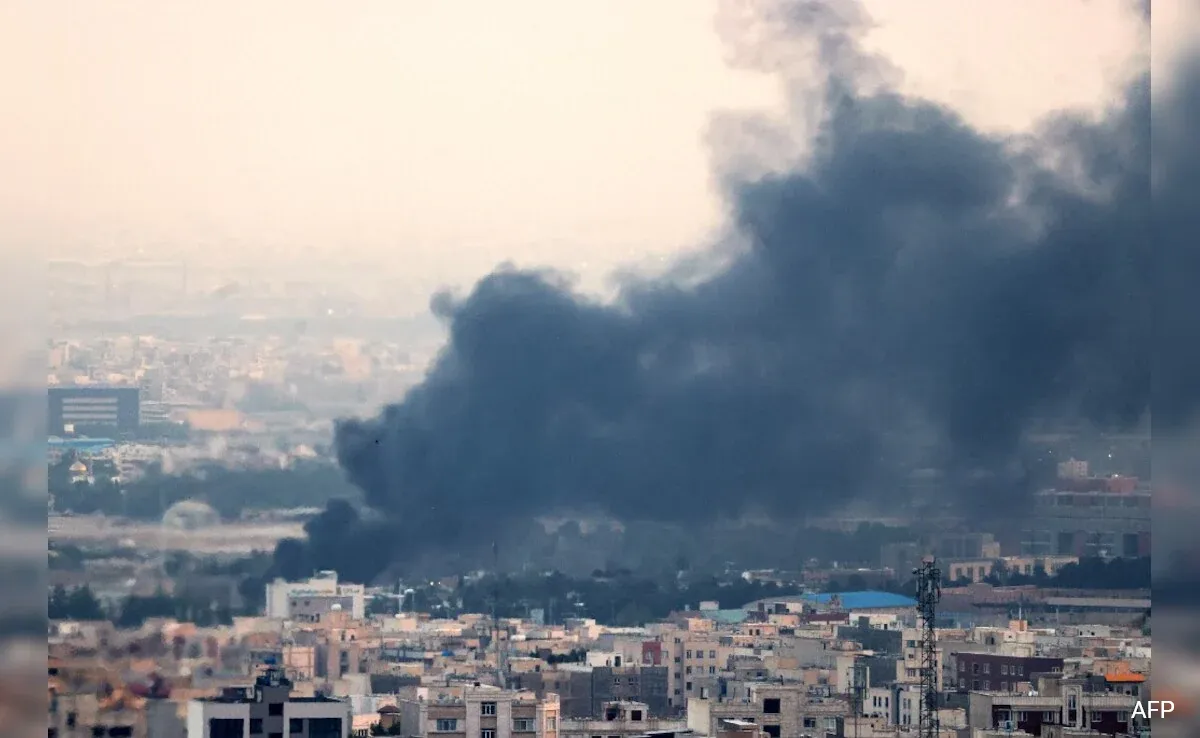- U.S. deploys 30,000-pound bunker buster bombs on Iran's Fordo nuclear site.
The Fordo facility lies 80 meters beneath rock near Qom, making it a hardened target.
This is the most aggressive U.S. military action in the Middle East in recent years.
The use of B-2 stealth bombers signals deep American commitment to crippling Iran’s nuclear infrastructure.
Regional and global powers brace for potential retaliation and wider escalation.
US Unleashes Bunker Buster Bombs on Iran
A Quick Recap of This Story
In a move as aggressive as it is calculated, the United States has crossed a dangerous threshold. Launching a series of high-impact airstrikes on Sunday, President Donald Trump authorized the use of America’s most powerful non-nuclear weapon—the 30,000-pound bunker buster—targeting the heavily fortified Fordo nuclear enrichment facility in Iran. It’s not just a military maneuver; it’s a clear declaration: the U.S. is now fully entangled in the Iran-Israel conflict, and it’s not pulling punches.
Why Fordo Matters — and Why It’s So Hard to Destroy
Iran’s Fordo facility isn’t just any target. Carved deep into a mountain near Qom, southwest of Tehran, this nuclear site was built with one mission in mind—survival. Designed to withstand conventional airstrikes, Fordo is buried beneath 80 meters of rock and concrete, far beyond the reach of ordinary munitions. Only a very select weapon can reach it—and on Sunday, the U.S. dropped it.
Using stealth B-2 bombers, the U.S. delivered a blow designed not only to damage infrastructure but to send a psychological shockwave through Iran’s defense and leadership apparatus. The bomb’s ability to punch through layers of hardened material before detonation makes it uniquely suited for subterranean targets like Fordo—targets Iran believed were untouchable.
B-2 Bombers and a Message of Maximum Pressure
The decision to use B-2 Spirit bombers in this strike is not incidental. These aircraft—virtually invisible to radar—can bypass most air defense systems and drop the bunker busters with pinpoint accuracy. Their use indicates not just technical capability but a high-stakes gamble: America is signaling its willingness to go beyond diplomacy and rhetoric in curbing Iran’s nuclear ambitions.
This is a significant milestone in the regional power struggle. It's no longer just an Israel-Iran tit-for-tat. It’s the U.S. entering the arena with its biggest stick—escalating the war from covert sabotage and proxy skirmishes to direct and open warfare on critical infrastructure.
The Cost of Power: Provocation or Preemption?
The nature of this strike raises a critical question—was this a necessary preemptive move, or a dangerous provocation? To Iran, the answer is clear. Tehran has already accused Washington of acting in coordination with Israel, claiming this is part of a broader strategy to cripple Iranian sovereignty and provoke a retaliatory war. To the U.S. administration, the strike is justified—an urgent response to intelligence indicating Iran’s accelerated uranium enrichment and possible weaponization efforts.

But justification doesn’t prevent consequences. Iran has vowed vengeance. Regional militias and proxy groups—some aligned with Tehran—are already threatening American outposts across the region. U.S. forces are now on maximum alert from Iraq to the Persian Gulf.
A Tipping Point for the Middle East
This isn’t just a military escalation—it’s a geopolitical earthquake. The U.S. has now drawn a bright red line in the sand, one that could shift the entire power balance in the Middle East. Already, global oil prices are jittering, diplomatic missions are scrambling, and neighboring nations are preparing for potential fallout. Israel has doubled down with threats against Iranian leadership, while Russia and China issue warnings of their own.
India, Turkey, and Gulf nations are urging restraint—publicly, at least—while quietly preparing for the worst. Evacuations are being planned. Airspace routes are being diverted. Embassies are on alert. This moment could spiral into something far larger, far deadlier, and far less containable than any conflict in the past two decades.
The Unfolding Question: What Comes Next?
With America’s entry into the battlefield, the Iran-Israel conflict is no longer limited to shadow wars and border skirmishes. It’s become a full-blown, multinational crisis with nuclear implications.
Will Iran retaliate with direct strikes? Will it unleash its proxies across Lebanon, Syria, and Yemen? Will the U.S. continue with targeted bombings—or has this bunker buster moment already served its purpose as a show of force?
The world waits, holding its breath. Because one misstep, one overreaction, one retaliatory barrage could pull the entire Middle East—and perhaps the world—into an inferno. As it stands now, diplomacy has failed, military might has spoken, and history is turning on a very sharp edge.

0 comments
Be the first one to comment, but before that...
Here are some best practices for writing comments: